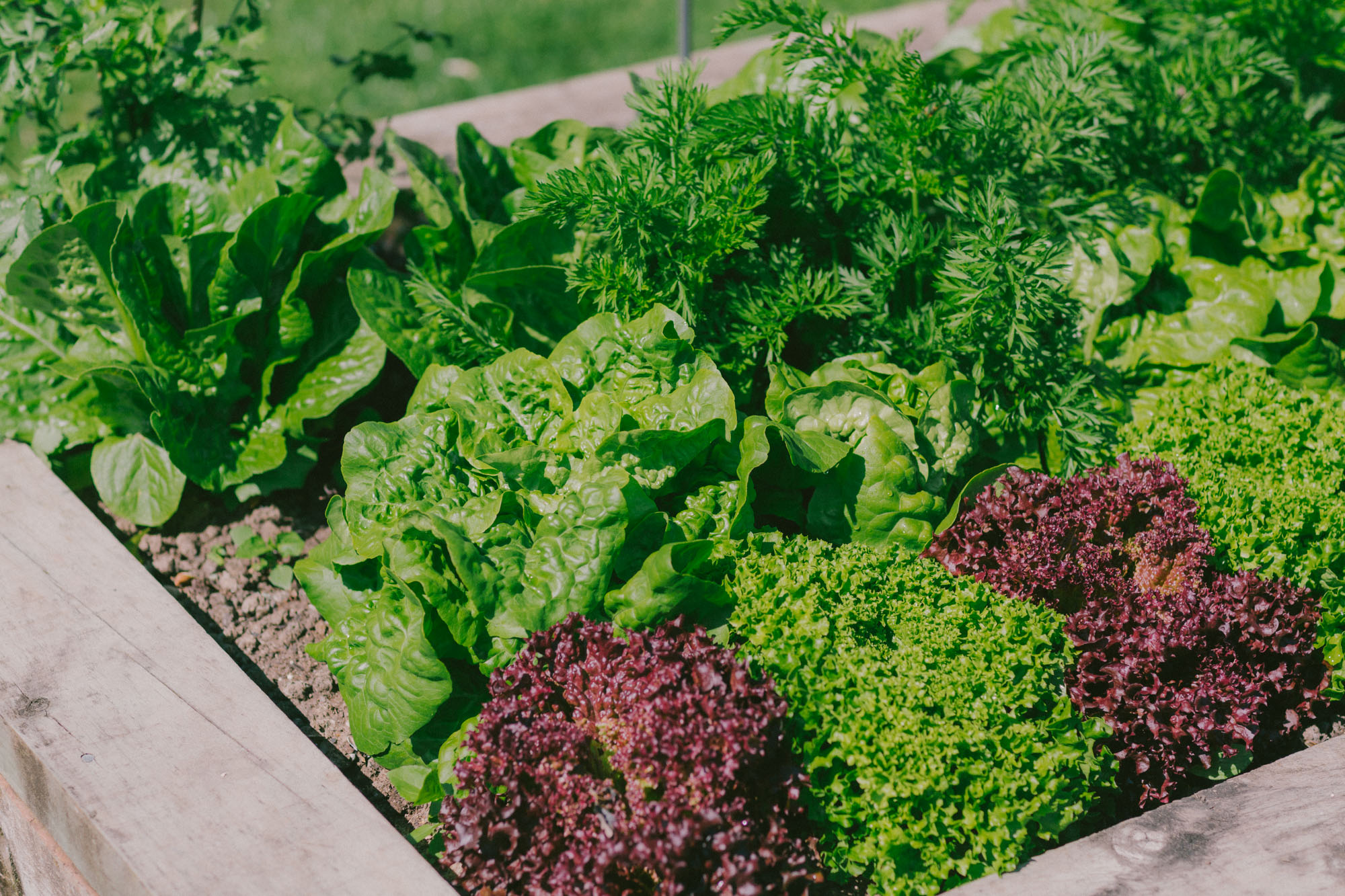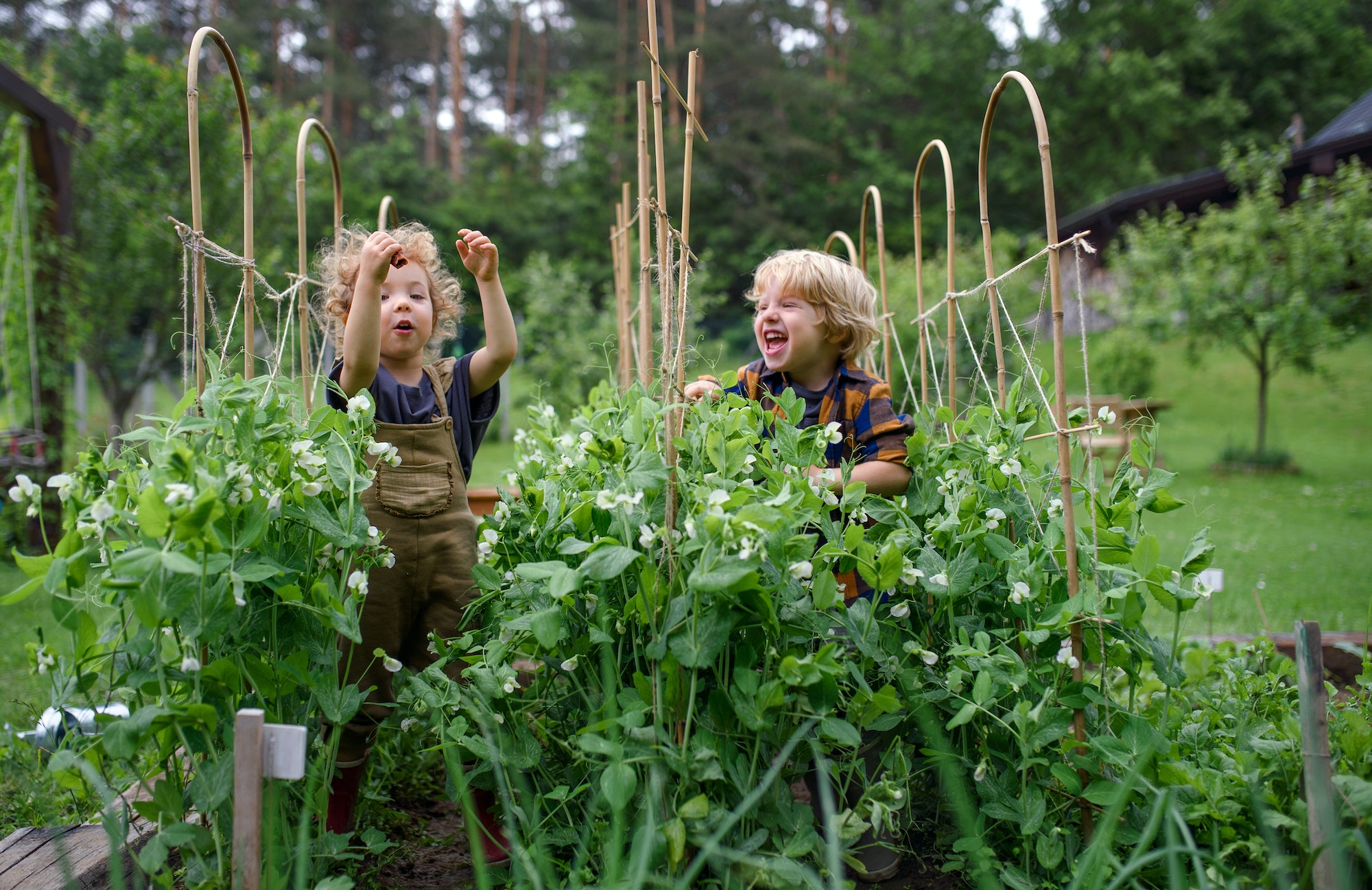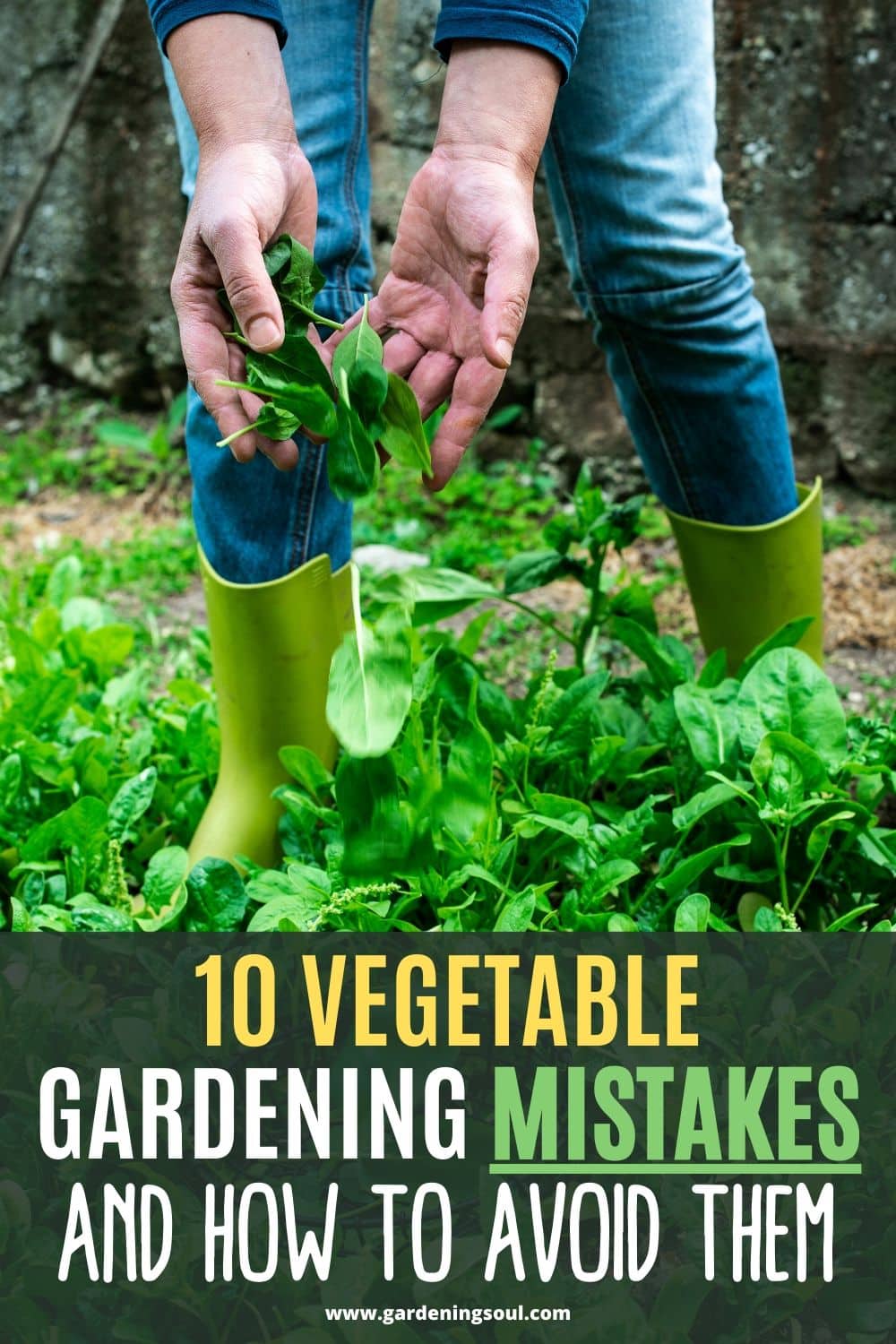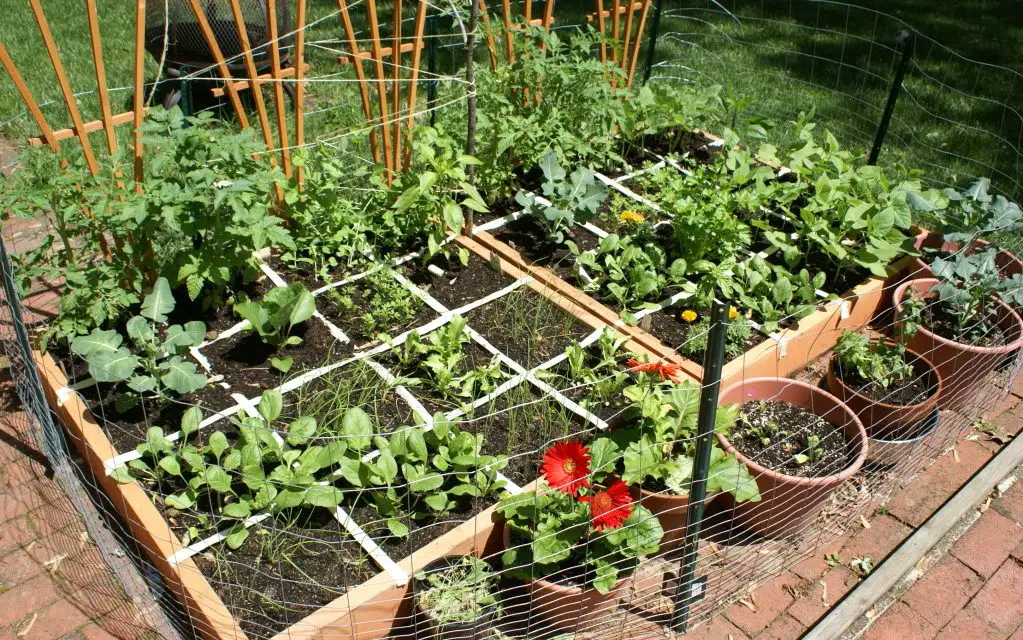How to Choose the Perfect Location for Your Vegetable Garden
When it comes to vegetable gardening tips for beginners, selecting the right location is crucial for a thriving garden. The ideal location should receive adequate sunlight and have good drainage. Most vegetables need at least six hours of direct sunlight per day to produce a healthy harvest. If your garden receives less sunlight, consider using grow lights or mirrors to reflect sunlight onto the plants.
To assess the amount of sunlight your garden receives, observe the area throughout the day. Take note of the time the sun rises and sets, and how the sunlight filters through any trees or buildings. You can also use a sunlight calculator or consult with a local nursery to determine the best location for your garden.
In addition to sunlight, good drainage is essential for a healthy garden. Avoid planting in low-lying areas where water may collect. Instead, choose a location with a slight slope to allow excess water to drain away from the plants. If your garden has poor drainage, consider installing a French drain or raised beds to improve soil drainage.
By selecting a location with adequate sunlight and good drainage, you’ll be well on your way to creating a thriving vegetable garden. Remember to also consider the accessibility of the location, as you’ll need to be able to easily reach the plants for maintenance and harvesting.
Preparing the Soil for a Bountiful Harvest
Soil preparation is a crucial step in vegetable gardening, and it’s essential to get it right to ensure a bountiful harvest. The type of soil you have, its pH level, and nutrient content all play a significant role in determining the health and productivity of your plants. As a beginner, it’s essential to understand the basics of soil preparation to make the most of your vegetable gardening tips for beginners.
To start, you’ll need to test your soil type. There are three main types of soil: clay, silt, and sand. Clay soil is dense and holds water well, while sandy soil is loose and drains quickly. Silt soil is a mix of the two and is often considered ideal for vegetable gardening. You can purchase a soil testing kit or consult with a local nursery to determine your soil type.
Next, you’ll need to check your soil’s pH level. Most vegetables prefer a slightly acidic to neutral soil pH, ranging from 6.0 to 7.0. If your soil is too acidic or alkaline, it can affect the availability of nutrients for your plants. You can use a soil pH testing kit or send a sample to a lab for analysis.
Once you’ve determined your soil type and pH level, you can start thinking about adding organic matter to improve soil fertility. Compost and manure are excellent options, as they add nutrients and improve soil structure. You can also use cover crops, such as clover or rye, to add organic matter and attract beneficial insects.
Adding organic matter can help improve soil fertility, structure, and overall health. It’s essential to note that it’s a process that takes time, and it’s best to start preparing your soil well in advance of planting. By following these vegetable gardening tips for beginners, you’ll be well on your way to creating a thriving and productive garden.
Essential Tools and Equipment for Beginner Gardeners
As a beginner gardener, it’s essential to have the right tools and equipment to ensure a successful and enjoyable vegetable gardening experience. While it’s tempting to invest in a wide range of gardening tools, there are a few essentials that every beginner gardener should have. By investing in these basic tools, you’ll be well-equipped to tackle the tasks involved in starting and maintaining a thriving vegetable garden.
First and foremost, a good pair of gardening gloves is a must-have for any beginner gardener. Gardening gloves protect your hands from thorns, prickles, and dirt, making it easier to handle plants and soil. Look for a pair of gloves that is waterproof, breathable, and has a good grip to prevent dropping tools.
A hand trowel is another essential tool for beginner gardeners. A hand trowel is used for planting, transplanting, and mixing soil. Look for a trowel with a sturdy handle and a rust-resistant blade. A watering can is also a must-have for any vegetable garden. Look for a watering can with a long spout and a fine rose to ensure that your plants receive the right amount of water.
Other essential tools for beginner gardeners include a garden fork, a rake, and a hoe. A garden fork is used for turning over soil and compost, while a rake is used for leveling and smoothing out soil. A hoe is used for weeding and cultivating soil. By investing in these basic tools, you’ll be well-equipped to tackle the tasks involved in starting and maintaining a thriving vegetable garden.
In addition to these essential tools, there are a few other pieces of equipment that can make vegetable gardening easier and more enjoyable. A garden cart or wheelbarrow can be used to transport plants, soil, and other gardening supplies around the garden. A trellis or support system can be used to provide support for climbing plants, such as peas and beans.
By investing in these essential tools and equipment, you’ll be well on your way to creating a thriving and productive vegetable garden. Remember to always follow the manufacturer’s instructions for use and maintenance, and to store your tools and equipment in a dry, secure location to prolong their lifespan.
Easy-to-Grow Vegetables for Beginners
When it comes to vegetable gardening tips for beginners, choosing the right vegetables to grow can make all the difference. Some vegetables are easier to grow than others, and selecting varieties that are known to thrive in your climate and soil type can help ensure a successful harvest. Here are some easy-to-grow vegetables that are perfect for beginners:
Tomatoes are one of the most popular garden vegetables, and for good reason. They’re easy to grow, produce a high yield, and can be used in a variety of dishes. There are many different varieties of tomatoes to choose from, including cherry tomatoes, beefsteak tomatoes, and Roma tomatoes. When growing tomatoes, make sure to provide them with full sun and well-draining soil.
Cucumbers are another easy-to-grow vegetable that are perfect for beginners. They prefer well-draining soil and full sun, and can be trained to climb up a trellis or other support. Cucumbers are also relatively pest- and disease-free, making them a great choice for gardeners who are new to vegetable gardening.
Zucchini is a type of summer squash that is easy to grow and can be harvested in as little as 35 days. It prefers well-draining soil and full sun, and can be grown in containers or directly in the ground. Zucchini is also a great choice for gardeners who want to grow a vegetable that can be used in a variety of dishes, from bread to grilled vegetables.
Other easy-to-grow vegetables for beginners include carrots, radishes, and lettuce. These vegetables are all relatively low maintenance and can thrive in a variety of conditions. When growing any of these vegetables, make sure to follow the specific growing instructions for each variety, and don’t be afraid to ask for advice from more experienced gardeners.
By choosing easy-to-grow vegetables and following these vegetable gardening tips for beginners, you can enjoy a successful and rewarding harvest. Remember to always follow proper gardening techniques, such as providing adequate sunlight and water, and using organic and integrated pest management methods to control pests and diseases.
Common Mistakes to Avoid in Vegetable Gardening
As a beginner gardener, it’s easy to make mistakes that can affect the health and productivity of your vegetable garden. By being aware of these common mistakes, you can take steps to avoid them and ensure a healthy and bountiful harvest. Here are some common mistakes to avoid in vegetable gardening:
Overwatering is one of the most common mistakes made by beginner gardeners. Too much water can cause roots to rot, leading to plant death. To avoid overwatering, make sure to check the soil moisture regularly and only water when necessary. A good rule of thumb is to water when the top inch of soil feels dry to the touch.
Underwatering is another common mistake that can affect plant growth. Vegetables need consistent moisture to grow and produce fruit. To avoid underwatering, make sure to water your plants regularly, especially during hot and dry weather.
Not providing enough support for climbing plants is another mistake that can affect plant growth. Climbing plants such as peas, beans, and cucumbers need support to grow and produce fruit. To avoid this mistake, make sure to provide a trellis or other support system for climbing plants.
Not rotating crops is another mistake that can affect soil health and plant growth. Crop rotation helps to maintain soil fertility and reduce the risk of pests and diseases. To avoid this mistake, make sure to rotate your crops regularly, using a different crop family each season.
Not keeping a gardening journal is another mistake that can affect your ability to track progress and identify problems. A gardening journal can help you keep track of planting dates, weather patterns, and pest and disease management. To avoid this mistake, make sure to keep a gardening journal and update it regularly.
By avoiding these common mistakes, you can ensure a healthy and productive vegetable garden. Remember to always follow proper gardening techniques, such as providing adequate sunlight and water, and using organic and integrated pest management methods to control pests and diseases.
Pest and Disease Management for a Healthy Garden
Pest and disease management is a crucial aspect of vegetable gardening, and it’s essential to take proactive steps to prevent infestations and infections. By understanding the common pests and diseases that can affect your garden, you can take steps to prevent them and ensure a healthy harvest.
Common pests that can affect vegetable gardens include aphids, whiteflies, and spider mites. These pests can be controlled using organic methods such as neem oil, insecticidal soap, and diatomaceous earth. It’s also essential to maintain good garden hygiene, such as removing weeds and debris, to prevent pests from spreading.
Diseases such as powdery mildew, downy mildew, and fungal infections can also affect vegetable gardens. These diseases can be controlled using organic methods such as copper-based fungicides, sulfur, and bicarbonate. It’s also essential to maintain good garden hygiene, such as removing infected plants, to prevent diseases from spreading.
Integrated pest management (IPM) is a holistic approach to managing pests and diseases in vegetable gardens. IPM involves using a combination of techniques, such as crop rotation, biological control, and cultural control, to manage pests and diseases. By using IPM, you can reduce the risk of infestations and infections, and ensure a healthy harvest.
Organic pest and disease management methods are also essential for maintaining a healthy garden. These methods include using natural predators, such as ladybugs and lacewings, to control pests, and using natural fungicides, such as garlic and chili peppers, to control diseases. By using organic methods, you can reduce the risk of chemical contamination and ensure a healthy harvest.
By following these vegetable gardening tips for beginners, you can ensure a healthy and productive garden. Remember to always monitor your garden regularly, and take proactive steps to prevent infestations and infections.
Watering and Irrigation Tips for a Thriving Garden
Proper watering and irrigation are crucial for a thriving vegetable garden. Overwatering can lead to root rot, while underwatering can cause plants to become stressed and vulnerable to pests and diseases. By understanding the watering needs of your plants, you can ensure a healthy and productive harvest.
The amount of water your plants need will depend on the type of plant, the climate, and the soil type. As a general rule, most vegetables need about 1-2 inches of water per week. However, this can vary depending on the specific needs of your plants.
Drip irrigation is a highly efficient method of watering your plants. By delivering water directly to the roots of the plants, drip irrigation reduces evaporation and runoff, ensuring that your plants receive the right amount of water. Additionally, drip irrigation can help to reduce the risk of overwatering, which can lead to root rot and other problems.
Soaker hoses are another effective method of watering your plants. These hoses are designed to release water slowly and evenly, providing your plants with a steady supply of moisture. Soaker hoses are particularly useful for vegetables that require consistent moisture, such as tomatoes and cucumbers.
It’s also important to consider the timing of your watering. Watering in the morning or early afternoon can help to prevent fungal diseases, which thrive in moist conditions. Avoid watering in the evening, as this can encourage fungal growth and other problems.
By following these vegetable gardening tips for beginners, you can ensure a healthy and productive harvest. Remember to always monitor your plants’ watering needs, and adjust your irrigation schedule accordingly.
Maintaining Your Garden for a Continuous Harvest
Maintaining your vegetable garden is crucial for a continuous harvest. By following a few simple tips, you can ensure that your garden remains healthy and productive throughout the growing season.
Pruning and training plants is an essential part of maintaining your garden. Pruning helps to promote healthy growth, encourages fruiting, and prevents disease. Training plants, such as tomatoes and peas, helps to support their growth and prevent them from becoming leggy.
Crop rotation is another important aspect of maintaining your garden. By rotating your crops, you can help to prevent soil-borne diseases and maintain soil fertility. For example, planting a crop of beans after a crop of tomatoes can help to replenish the soil’s nitrogen levels.
Succession planting is a technique that involves planting small batches of seeds every few weeks to ensure a continuous harvest. This technique is particularly useful for crops such as lettuce and radishes, which have a short growing season.
Companion planting is another technique that can help to maintain your garden’s health. By planting certain crops together, you can help to deter pests and diseases. For example, planting marigolds with tomatoes can help to deter nematodes.
By following these vegetable gardening tips for beginners, you can ensure a continuous harvest and maintain a healthy and productive garden. Remember to always monitor your garden’s progress, and make adjustments as necessary to ensure optimal growth and productivity.








